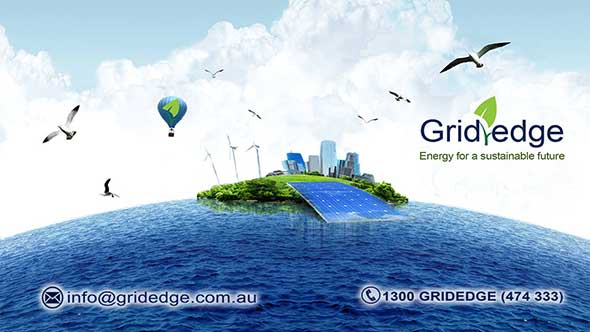Most people that are looking at installing an energy storage system (battery and battery inverter) don’t realise that every installation is different and there is no one size fits all. Installations are very dependent on whether there is already solar PV in place and the current electrical wiring situation at the premises.

With solar PV installations as long as you have suitable roof space you can install a system and the questions that need deciding are finding a reliable supplier / installer, working out the size of the PV system needed according to electricity usage and roof space and the size of the inverter required.
With an energy storage system it is much more complicated. Among the considerations are;
Continue reading “Questions to ask about installing an energy storage system”







